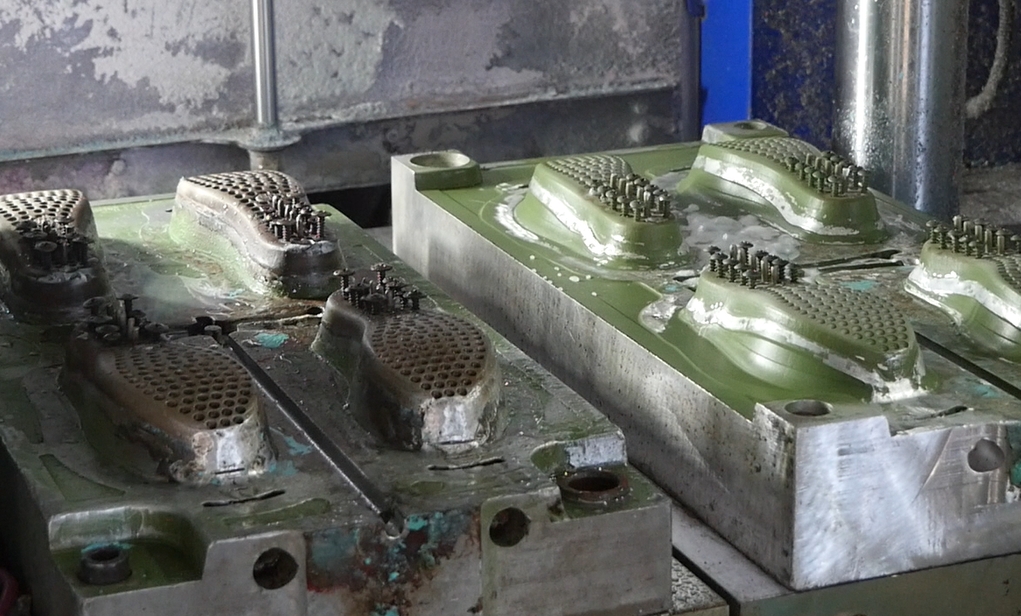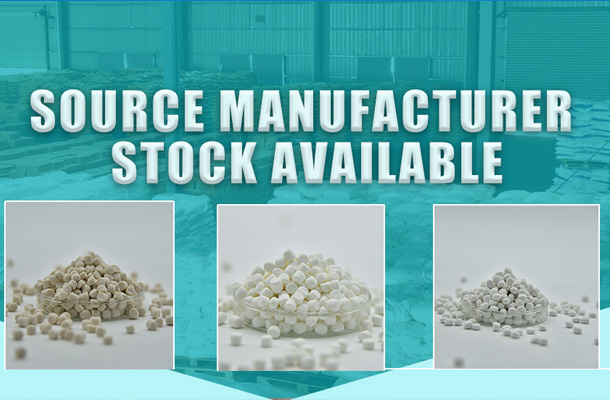EVA foaming is a process based on either physical or chemical principles to produce lightweight, porous materials filled with tiny air bubbles.
Physical Foaming: In physical foaming, a low-volatile liquid or gas is incorporated into the EVA compound at an elevated temperature. As the EVA material is heated and processed, the liquid evaporates or the gas expands, rapidly releasing to form bubbles. Precise control of temperature and pressure is crucial here, as they dictate bubble size, distribution, and the overall structure and properties of the EVA foam.
Chemical Foaming: With chemical foaming, a chemical blowing agent, such as azodicarbonamide (AC), is added to the EVA mixture. Under high temperatures, the blowing agent undergoes a chemical decomposition reaction, swiftly releasing gases like nitrogen or carbon dioxide, thereby creating numerous bubbles within the EVA matrix and causing expansion. Catalysts and stabilizers are also introduced to control the foaming process and ensure stability of the bubbles, preventing excessive shrinkage during cooling and solidification.
The general process includes:
- Mixing Ingredients: Blending EVA resin with foaming agents, crosslinkers, lubricants, etc., in precise proportions.
- Preheating and Plasticizing: Heating the mixture to a plastification temperature where EVA becomes flowable.
- Foaming Reaction: At specific temperatures and pressures, the foaming agent initiates its reaction or volatilization, nucleating gas bubbles and expanding the material.
- Cooling and Setting: The foam structure solidifies as it cools, locking in the cellular structure.
- Molding Release & Post-processing: Removing the foam from the mold and performing additional trimming or shaping as necessary.
Due to its versatility and tunability, EVA foaming technology produces foams with varying densities, hardness, elasticity, and shape memory characteristics, widely used in footwear, packaging, toys, sports equipment, construction insulation, and more.








